Every athlete knows the challenge of Delayed Onset Muscle Soreness (DOMS) — the stiffness, tenderness, and reduced performance that follow hard training. While DOMS is part of natural adaptation, managing it effectively helps athletes recover faster, reduce injury risk, and train more consistently.
Nutrition and supplementation support the body’s recovery processes by aiding repair, modulating inflammation, and restoring energy. Here’s how evidence-based nutrients can turn soreness into faster recovery.
Understanding Delayed Onset Muscle Soreness (DOMS)
- Cause: Small tears in muscle fibres, especially from eccentric or high-intensity exercise.
- Inflammatory Response: Immune cells and nutrients rush in to repair tissue, causing temporary soreness.
- Timeline: Peaks 24–72 hours after exercise, then subsides.
- Key Insight: DOMS is not injury—it signals adaptation. The goal isn’t to eliminate soreness, but to manage it for consistent training.
How the Body Naturally Recovers
- Protein synthesis → rebuilds damaged fibres.
- Inflammation resolution → reduces swelling and pain as tissues heal.
- Energy restoration → replenishes ATP and glycogen.
- Rest & recovery → sleep, hydration, and balanced nutrition are the foundation.
Supplements enhance these processes, helping reduce soreness and accelerate recovery.
Key Nutrients That Support Recovery
1. Protein & Essential Amino Acids
- Role: Provide the building blocks for muscle repair and adaptation.
- Evidence:
- Protein intake of 1.6–2.2 g/kg/day supports recovery and reduces exercise-induced muscle damage [Phillips, 2014].
- BCAAs may reduce DOMS if overall protein intake is insufficient [Jackman et al., 2010].
- Protein intake of 1.6–2.2 g/kg/day supports recovery and reduces exercise-induced muscle damage [Phillips, 2014].
- Application: Aim for 20–30 g high-quality protein post-workout. Prioritise whole food sources, with supplements as backup.
2. Creatine Monohydrate
- Role: Replenishes ATP and supports muscle repair, aiding faster recovery.
- Evidence: Creatine supplementation reduces markers of damage and speeds strength recovery [Cooke et al., 2009].
- Application: 3–5 g/day; loading phase optional. Best absorbed with carbohydrate-containing meals.
3. Omega-3 Fatty Acids (EPA & DHA)
- Role: Reduce inflammation and preserve muscle function.
- Evidence: Supplementation of 2–3 g/day reduces DOMS and helps maintain range of motion [Tinsley et al., 2017/2021; Tsuchiya et al., 2016].
- Application: Regular daily intake is key. Especially useful for athletes with low dietary fish intake.
4. Curcumin (Turmeric Extract)
- Role: Potent anti-inflammatory and antioxidant.
- Evidence:
- Earlier reviews highlighted benefits [Hewlings & Kalman, 2017].
- A 2024 meta-analysis (Liu et al.) confirmed curcumin significantly reduces DOMS, lowers inflammatory markers (IL-6, CK), and improves range of motion.
- Earlier reviews highlighted benefits [Hewlings & Kalman, 2017].
- Application: 500–1500 mg/day of standardised extract, preferably with piperine or lipid-based delivery for absorption.
5. Magnesium & Electrolytes
- Role: Support contraction, relaxation, and fluid balance.
- Evidence:
- Magnesium is essential for neuromuscular function [Volpe, 2015].
- A 2024 systematic review found supplementation may reduce soreness and oxidative stress, but evidence remains limited.
- Magnesium is essential for neuromuscular function [Volpe, 2015].
- Application: 200–400 mg/day magnesium (citrate or glycinate preferred) plus electrolytes during high-volume or hot-condition training.
Practical Strategies for Fast Recovery
- Combine nutrition and supplements:
- Protein throughout the day, post-exercise supplementation if needed.
- Anti-inflammatory nutrients like omega-3s and curcumin during heavy blocks.
- Protein throughout the day, post-exercise supplementation if needed.
- Time nutrients effectively:
- Protein immediately after exercise.
- Creatine and omega-3s consistently, daily.
- Protein immediately after exercise.
- Stay hydrated:
- Replace fluids and electrolytes lost through sweat.
- Replace fluids and electrolytes lost through sweat.
- Listen to your body:
- Mild soreness = adaptation.
- Persistent or sharp pain = potential injury → adjust training.
- Mild soreness = adaptation.
- Prioritise rest:
- Sleep is the most powerful recovery tool. Supplements can help, but cannot replace recovery fundamentals.
- Sleep is the most powerful recovery tool. Supplements can help, but cannot replace recovery fundamentals.
Putting It All Together
| Recovery Component | Action | Supplement Support | Evidence Strength |
| Muscle Repair | Rebuild fibres | Protein, EAAs | Strong |
| Energy Restoration | Restore ATP/glycogen | Creatine | Strong |
| Inflammation Control | Reduce soreness | Omega-3s, Curcumin | Moderate–Strong |
| Neuromuscular Function | Prevent cramps | Magnesium, Electrolytes | Moderate |
| Oxidative Stress | Support adaptation | Antioxidant-rich foods | Moderate |
This framework blends diet, supplements, and recovery habits, allowing athletes to manage DOMS while maintaining training intensity.
Conclusion
DOMS is part of the adaptation process, but it doesn’t have to hold back performance. By combining:
- Protein and amino acids for repair
- Creatine for energy replenishment
- Omega-3s and curcumin for inflammation control
- Magnesium and electrolytes for neuromuscular support
Athletes can recover faster, reduce soreness, and train consistently. Supplements complement — not replace — sleep, nutrition, hydration, and smart programming. Used strategically, the right nutrients transform soreness into stronger recovery cycles.
